

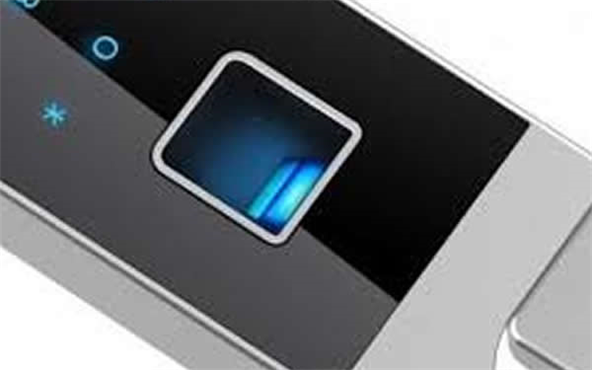
Sapphire is heard in various industries, either naturally formed or artificially synthesized. Whether natural or artificially manufactured, it has strong hardness characteristics, and its main component is alumina. Sapphire is blue, but the sapphire window is transparent. Why is it like this? It is a transparent and co……

Sapphire glass has an interesting combination of mechanical, optical, and thermal properties, and a porosity of zero. It is precisely because of these characteristics that sapphire products have been widely used in the field of technology. As an important technological crystal, it has been widely used in many fields su……

Mirrors play an important role in watches, and through development and evolution, they have become wear-resistant and scratch resistant. The technology of synthesizing sapphire was invented in the 19th century and has been applied to watches since the 1960s. Sapphire has become a commonly used material for watch mirror……
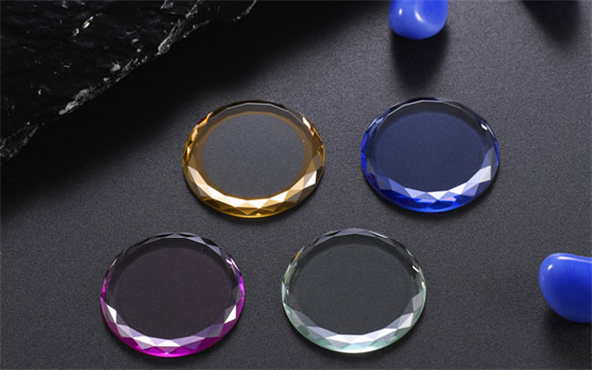
Sapphire is a general term for corundum gemstones of colors other than ruby, which can be pink, yellow, green, white, or even multiple colors for the same gemstone. Blue sapphire is caused by a small amount of titanium (Ti) and iron (Fe) impurities mixed in colorless transparent corundum. The sapphire watch mirror inst……
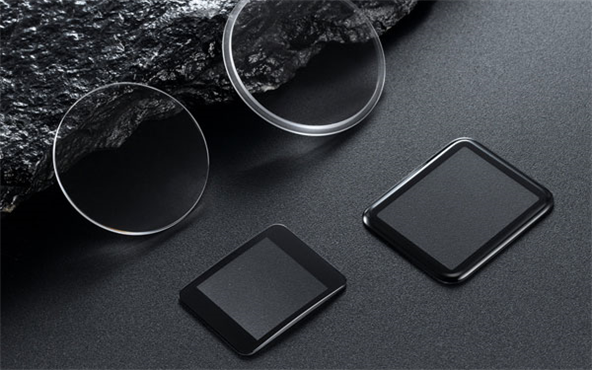
In watch manufacturing, sapphire lenses usually refer to artificial sapphire or synthetic sapphire, which is a synthetic material with chemical composition and physical properties similar to natural sapphire. It is usually composed of alumina and a small amount of other additives, made through high-temperature and high……

Sapphire watch mirrors have high hardness and scratch resistance, which are two important factors determining the quality of watch mirrors. Mohs is usually used to indicate the hardness of an object, for example, the hardness of mica is 1 Mohs, the hardness of diamond is 10 Mohs, the hardness of glass is 5.5-7 Mohs, an……
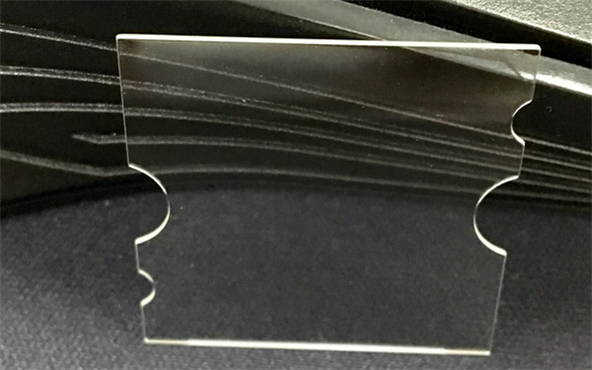
Sapphire substrates are suitable for replacing glass substrates when optical transmission is required in the ultraviolet (over 200 nanometers) or infrared (below 5 micrometers) range. Low temperature optical measurements will also benefit from the high thermal conductivity of sapphire window plates, which can be used i……
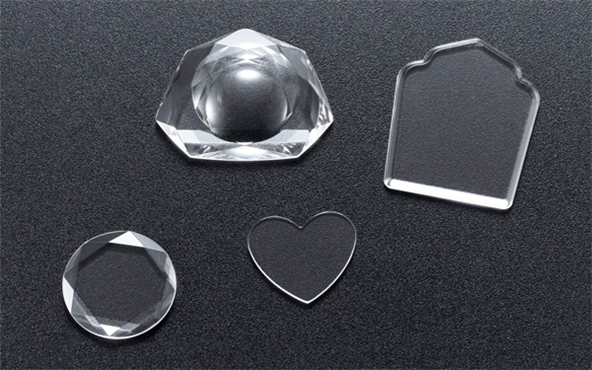
Sapphire glass is a material with rich applications, characterized by high temperature resistance, corrosion resistance, high hardness, high transmittance, and high melting point (2050 ℃), and is used in the field of optical devices. The chemical composition is alumina, which consists of three oxygen atoms and two alum……

When selecting a window, users should consider whether its material transmission performance and the mechanical properties of the substrate meet the application requirements. The window will not change the magnification of the system and provides multiple optional anti reflective films that can be applied to ultraviole……

Sapphire lenses with light windows can be widely used in various fields such as security, car accessories, digital cameras, lasers, optical instruments, etc. With the continuous development of the market, the application of lens technology is also becoming increasingly widespread. Convex lens: thick in the middle, thin……

Sapphire lenses, as excellent optical lenses, have good transmittance in the ultraviolet, infrared, and visible light bands, and can meet the requirements of multi-mode composite guidance. At the same time, sapphire window panels have excellent mechanical properties, chemical stability, and good high-temperature resist……

Sapphire lenses have the advantages of wear resistance, scratch resistance, good transparency, and high hardness, and are widely used in fields such as aviation, defense, LED, medical, and consumer electronics. However, due to sapphire being a hard and brittle material, traditional mechanical processing is prone to phe……
Tel
Mobile phone
Customer service
TOP